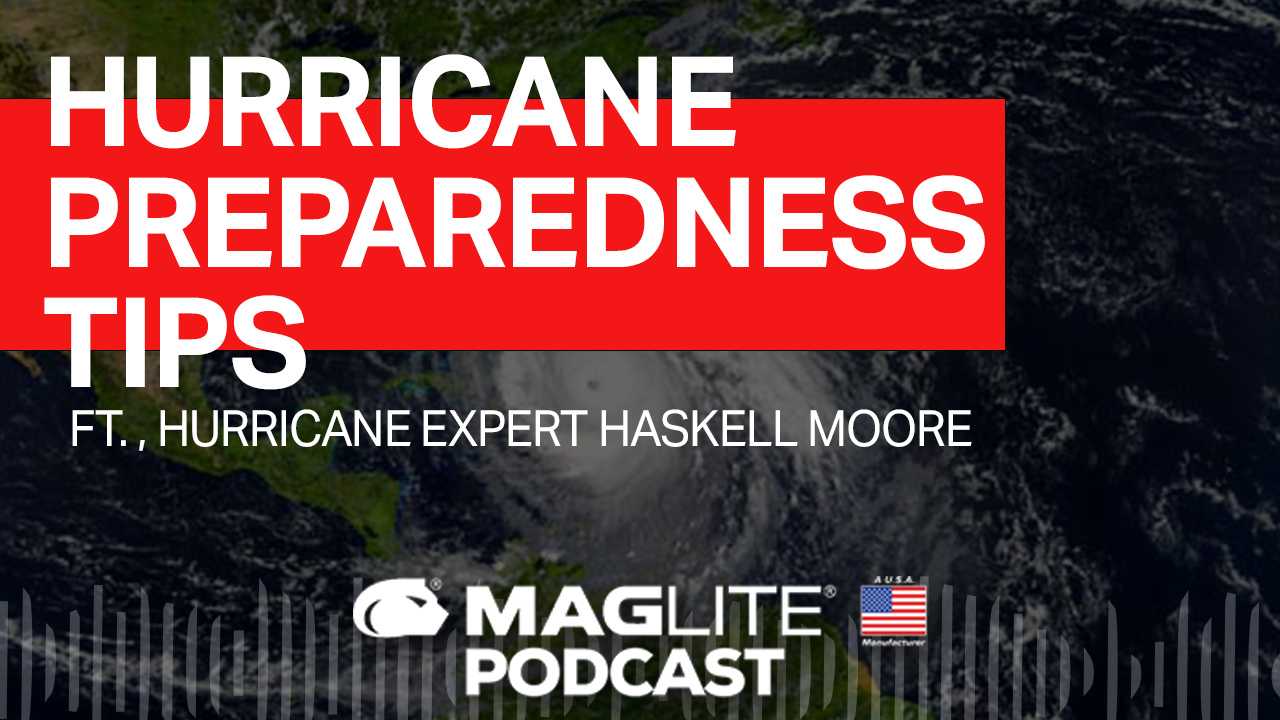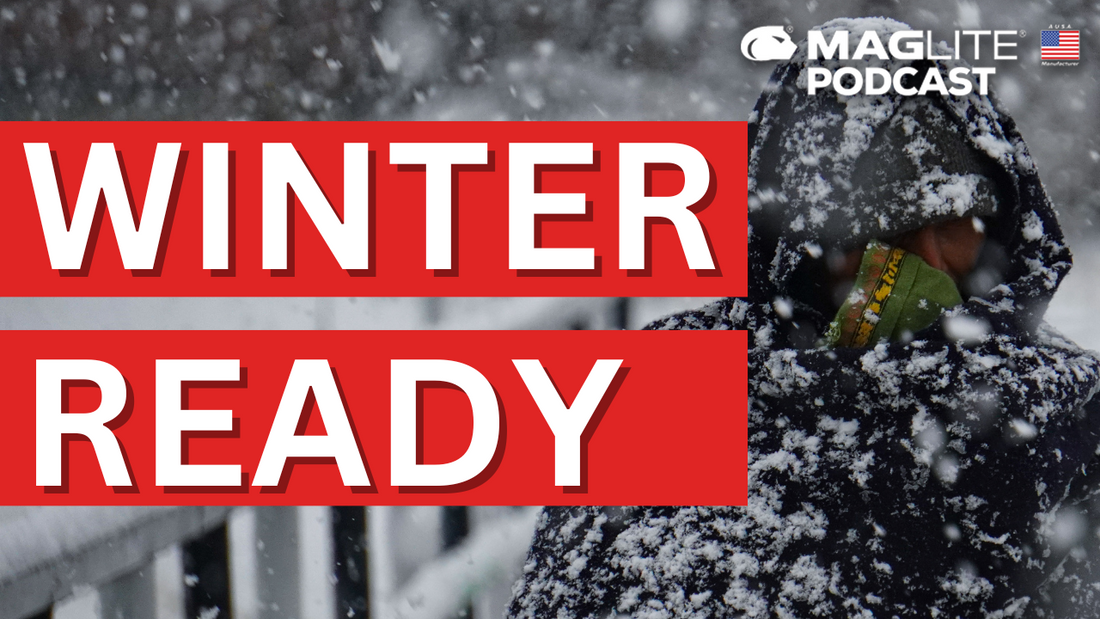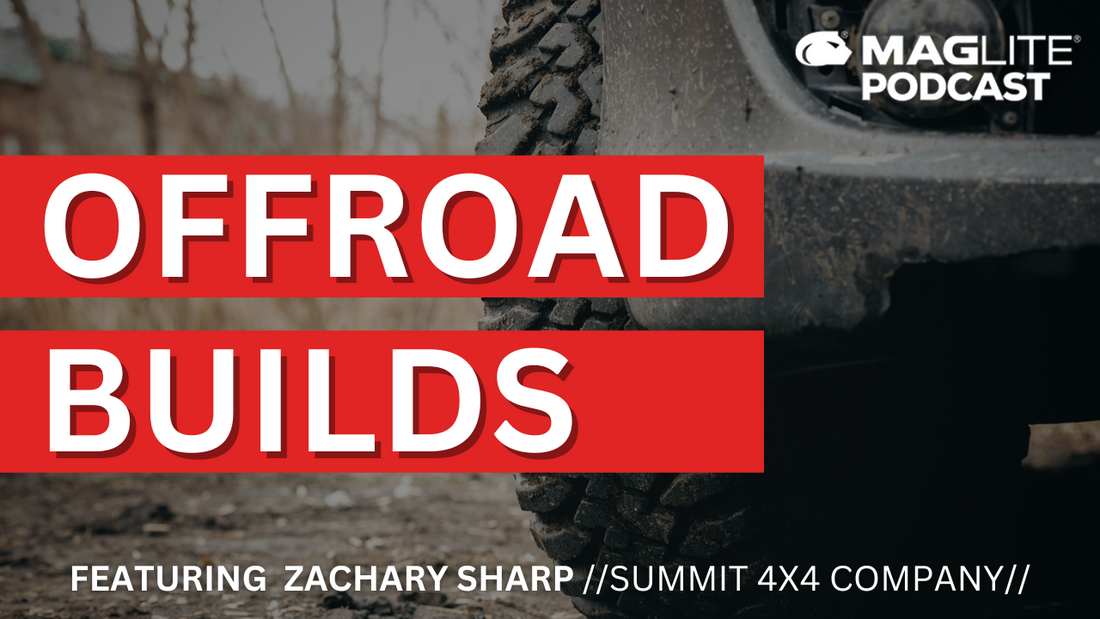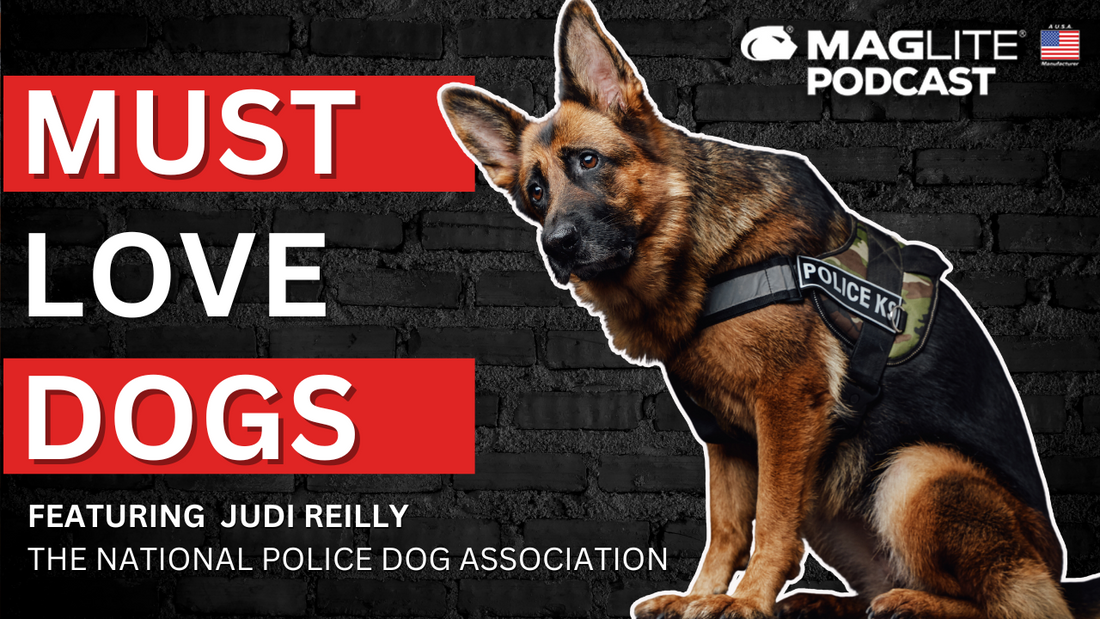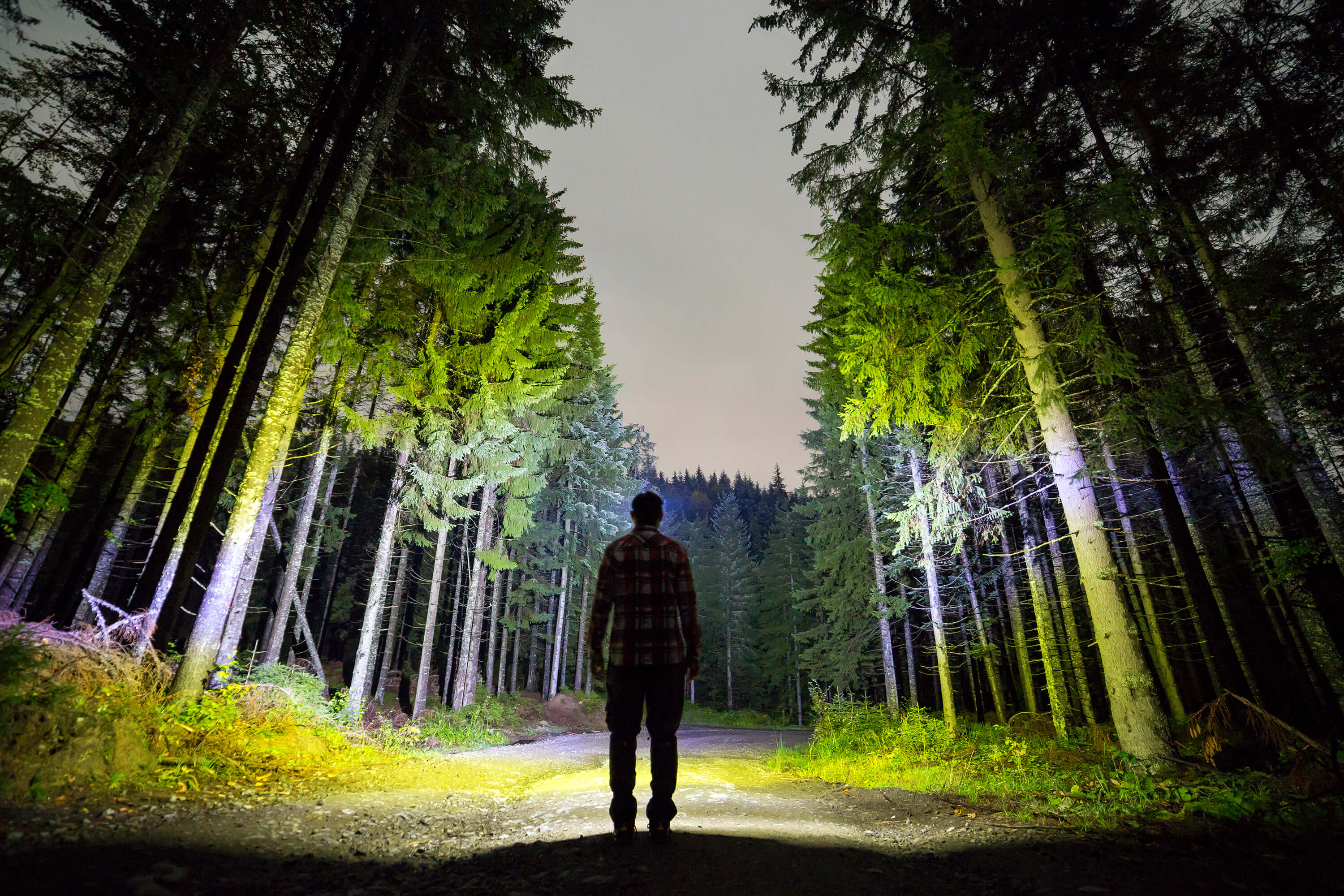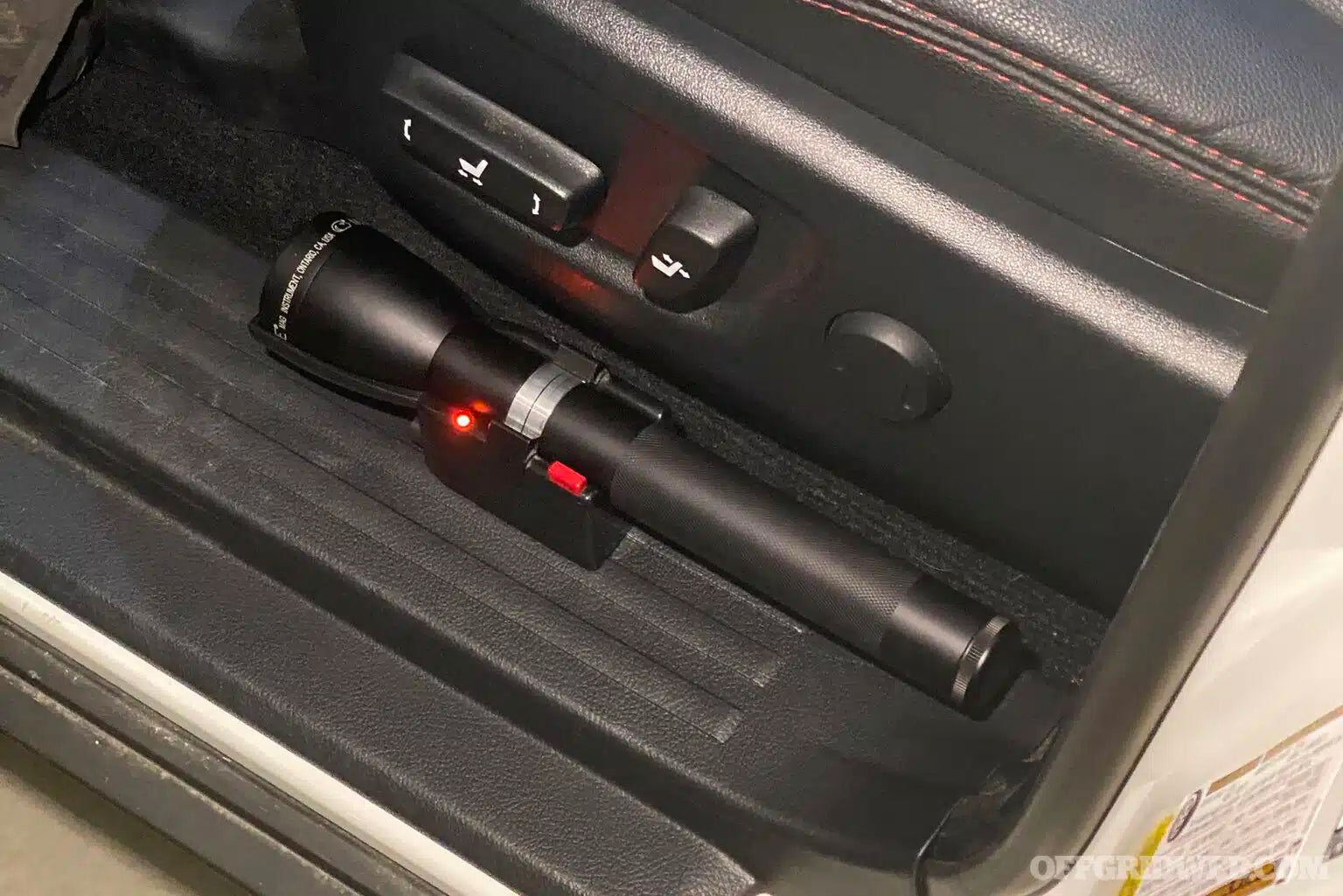With hurricane season upon us, we look at ways to prepare your family with practical tips with Haskell Moore (author of Hurricane Preparedness For The Home And Family). In this interview, we discuss use cases for various flashlight models that include threat identification, damage assessment, and signaling for help.
Transcript:
Maglite:
Welcome to another edition of the Maglite podcast. The man who wrote the book on preparedness, Haskel Moore, joins us again Haskel. It's been a really kind of slow storm season for 2022. Not that I'm complaining, <laugh>, unfortunately, there are a lot of areas that are suffering drought, Southern California, Nevada, Colorado, and other places like Texas, where there isn't getting enough rain. And of course, now you have Texas in certain places getting too much rain. Isn't that a story about rain, You know, there it's either not enough or too much. Um, so why are we off to such a slow start in 2022?
Haskell:
Well, there are a couple of factors that come into play as far as the, uh, uh, Atlantic hurricane season, one of which is wind shear. Uh, we've seen an inordinate amount of wind shear this year, uh, that, uh, you would normally not expect during a La Niña season, and we've seen a lot of Saharan dust that carried over into August when that's usually done, uh, I start to say done and dusted. Uh, it's usually done by the, uh, when you get into the August timeframe. So those two factors have contributed significantly to a slow start to the season.
Maglite:
Do you expect, or is this a reason to believe that the rest of the storm season in 2022 will be slow?
Haskell:
Well, not if you believe the National Hurricane Center. Okay. Right now they are, uh, predicting a 60% chance of an above-average season. They're calling for 14 to 20 named storms, six to hit 10 hurricanes, and three to five major hurricanes. And Colorado State University is actually calling for 18 named storms, made hurricanes, and four major hurricanes. Uh, the average season is 14 named storms, seven hurricanes, and three major. That is cat three or above hurricanes. So, no, that this is, uh, even though, and I think part of that is because we've been in what they call a hurricane drought. We haven't seen a hurricane in the Atlantic Basin for over 300 days, but I think that we're on the cusp of seeing that change. We're starting to see some, uh, activity out there. The dust has settled down, wind shear has settled down. The water is hot. So I think we're, we're in for a storm this year somewhere in the U.S.
Maglite:
So if we're in for a storm or storms, what do people do to get prepared?
Haskell:
Well, you know, we, uh, uh, this is a Maglite podcast, so it's the foregone conclusion. We're gonna talk about a Mag. Uh, one of the first things you need to do is order this flashlight. This is the Maglite ML300L four-D LED, a long-running flashlight that produces over a thousand lumens of light. Uh, it is excellent for, uh, inspecting your home after a storm to see where the damage is, especially on the roof. It's great for watching, for rising water, and looking for other hazards. And it's really great for signaling for help. You know, if, if you're out in a typical after hurricane situation, and I look, grew up in the Houston, Texas area, so, uh, I've seen several of those, and it's almost a foregone conclusion after a, a hurricane. Uh, you can count on the power being out. This allows you to signal at night when there's no other ambient light. Uh, if you're in your home sitting on top of your car, a light like this can be a lifesaver. It's water resistant, it's rugged, and it's reliable. And of course, Maglite is manufactured here in the United States.
Maglite:
So your rule of two though is don't just have one of anything. Right. So Yeah, absolutely. You have that one full-size Maglite. Maybe you want a smaller one that's like the pocket size.
Haskell:
Right. Well, I also have this one, uh, this is a, uh, two-cell ML300L and then over here I have the, one of my favorite pocket lights is the XL50. Uh, I had not seen this light until recently, uh, a few years ago. And I started carrying this thing, and this is my EDC light every day carry, uh, runs on three AAA cells that don't use the expensive big CR 2032 or, uh, which can be hard to find three. Yeah.
Maglite:
In
Haskell:
A storm situation. Yeah, absolutely. You want
Maglite:
Something common.
Haskell:
This is a fantastic light, a lot of light on high, and you can cut the thing down to a lower level and it'll last over, uh, I believe 20 hours plus on low mode. And then, yeah, so
Maglite:
You, we wanna have a couple of different choices, obviously, water, food, medicine, and medical supplies, but also you get, need a source of light and your cell phone is not it, especially in an emergency situation when the power goes out, the last thing you wanna do is use a battery on your cell phone as a flashlight.
Haskell:
Absolutely
Maglite:
Doesn't. Very effective as a flashlight either. All right. Haskell Moore literally wrote the book, Hurricane Preparedness for Home and Family. Uh, he is a great Maglite contributor. We are glad to have him here on the Maglite podcast, and we thank him for his time.
Haskell:
Thank you.


